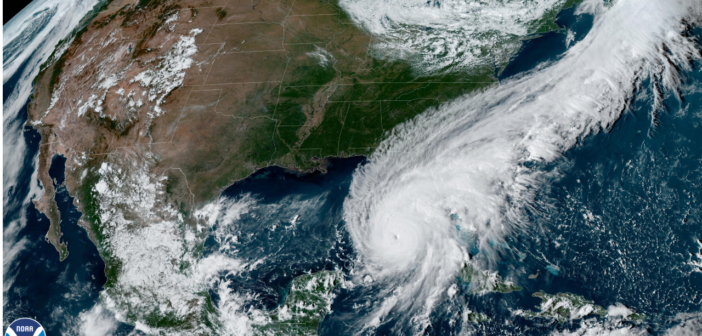The deadly and devastating 2022 Atlantic hurricane season just ended on November 30, and hundreds of thousands of people (or more) are saying none too soon. The impact from Hurricanes Ian, Nicole and Fiona in Florida and Puerto Rico will last for years. In Florida, 148 people died from Hurricane Ian alone, and the destruction was estimated at $50 billion.
NOAA says the hurricane season this year produced 14 named storms (with winds of 39 mph or more); eight of them became hurricanes (with winds of 74 mph or more), and two became major hurricanes (with winds of 111 mph or more).
Hurricane Ian made landfall at Cayo Costa on the southwest coast of Florida on Sept. 28 and became the deadliest hurricane to hit the state since 1935. It had sustained winds of 150 mph, and tied for fifth place as the strongest to ever make landfall in the U.S. It then made landfall again as a Category 1 hurricane in Georgetown, South Carolina.
Ian caused massive destruction, particularly in the Lee County area, where boats and the boating infrastructure was decimated. Sanibel Island was isolated when the storm cut the causeway from the mainland.
Hurricane Nicole made landfall as a Category 1 just south of Vero Beach, Florida, as a late-season hurricane on Nov. 10. Hurricane Fiona had made its landfall earlier, on Sept. 18, also as a Category 1, near Punto Tocon, Puerto Rico.
NOAA says the hurricane season was unusual this year because it had a mid-season pause that was caused by increased wind shear and a suppressed atmospheric moisture high over the Atlantic. But then seven named storms hit in September.
“The 2022 seasonal activity fell within NOAA’s predicted ranges for named storms and hurricanes in both our pre-season outlook and updated outlook,” said Matthew Rosencrans, lead hurricane forecaster at NOAA’s Climate Prediction Center.
This season, NOAA’s Hurricane Hunter planes flew more than 582 hours collecting atmospheric data, passing through the eye of a hurricane 65 times. And in August, a NOAA Gulfstream flew a mission from Cabo Verde, Africa, the farthest east ever, to gather data about a developing storm.
For the first time, scientists launched a small unmanned aircraft from a Hurricane Hunter plane into the core of Hurricane Ian just hours before landfall, transmitting back data of wind speeds up to 216 mph at 2,150 feet.
After Hurricane Ian, NOAA captured thousands of aerial overflight images to help identify more than 6,200 potential pollution risks and help the Coast Guard in clearing pollution and facilitating marine debris cleanups.
Read more at https://www.noaa.gov/news-release/damaging-2022-atlantic-hurricane-season-draws-to-close and see the video below:




